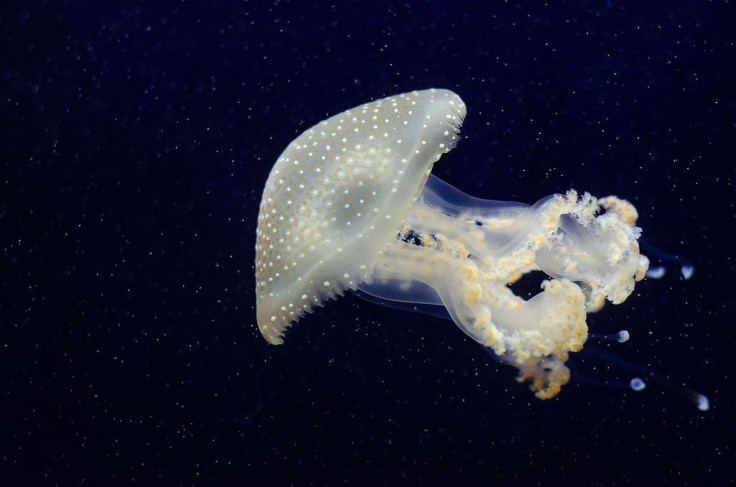14-Year-Old Dies After Getting Stung, Entwined In Deadly Sea Creature's 6 Feet Tentacles
A 14-year-old boy reportedly died after being stung by a box jellyfish in Queensland, Australia.
The teenager, identified as Mark Ligmayo, was at Eimeo beach when the incident took place Saturday.
Nick Guinumtad, the father of the victim, told the Courier Mail his son was standing in waist-high water for around 10 minutes before he came running out to the beach. The teenager was entwined in over 6 feet of box jellyfish tentacles.
Surf lifesavers tried to help Ligmayo, while he was on the beach.
“They got him out of the water and he had lots of tentacles around his legs, which they pulled off,” non-profit organization Surf Life Saving Queensland spokesperson Jenny Rees told media outlet ABC. “A lot of vinegar was administered and CPR was administered immediately.”
Witnesses rushed to perform CPR on the teenager after he went into cardiac arrest. Paramedics then resuscitated the teen for 40 minutes before he died in hospital.
Lisa-Anne Gershwin, who has been researching marine stingers for more than 30 years, said dragging a beach to check for the presence of stingers was common practice but it was not enough.
"What that means is that in that precise column of water at that precise moment in time, that we didn't actually catch any that weren't able to outrun the net," she said, according to ABC. "We've known for some time that it's not enough … and now a young person and their family has paid a terrible, terrible price."
Queensland police said a report would be prepared for the coroner. Eimeo Surf Life Saving Club shared their condolences for the family Sunday.
This is the second fatality from a box jellyfish sting in Queensland in 16 years. Last year, in February, a 17-year-old boy died after a sting at Patterson Point, near Bamaga.
Box jellyfish (Chironex fleckeri) are the most venomous marine animals in the world. Their tentacles are up to 10 feet long covered in poison-filled darts, called nematocysts. They are found in warm waters across the north of Australia, from Coral Bay in Western Australia to Bundaberg in Queensland, from October to May, according to National Geographic.






















